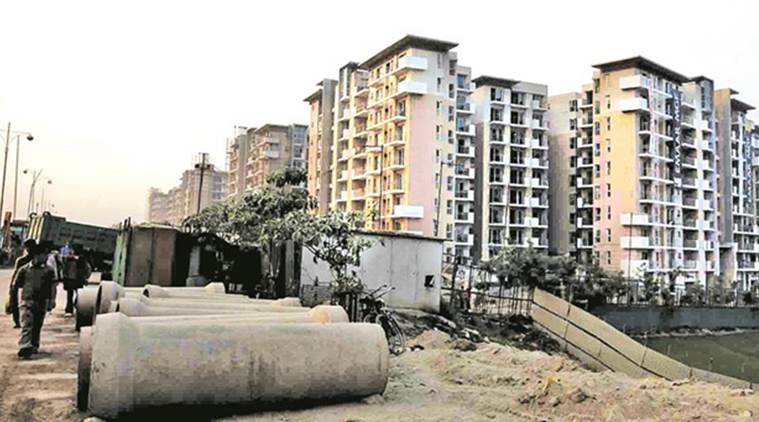 Master Plans are land-use roadmaps that chalk out how the city would be developed over the next two decades. (Files/Representational)
Master Plans are land-use roadmaps that chalk out how the city would be developed over the next two decades. (Files/Representational)
RECOMMENDING A shift from the ‘Master Plan’ approach, which follows a static long-term plan for urban development, the draft National Urban Policy 2018 has asked for adopting a dynamic model where the plan is reviewed periodically and changes are made to suit ground realities.
The Ministry of Housing and Urban Affairs is expected to finalise the policy, which will form the blueprint for urban planning, by July-end after MoS Hardeep Singh Puri holds consultations with states. The policy has been prepared by a committee headed by the former director of Smart Cities Mission, Sameer Sharma, and comprising the mission heads of the ministry and urban experts.
Master Plans are land-use roadmaps that chalk out how the city would be developed over the next two decades. Based on a review of the existing land-use on ground, it earmarks urban land pockets for various public amenities such as health and education, open spaces, public transport and roads, among others.
“The urban planning approach so far in India has been based on a static long-term Master Plan. We found that this leads to several issues as by the time the plan is put into motion, the ground situation has changed. This is the reason there is a need to go for a more strategic and dynamic planning model,” said a panel member.
The official said that the discrepancy between the plan and the ground reality often results in much of the Master Plan remaining unimplemented.
For instance, at the time of the preparation of Mumbai’s Development plan 2034, it was found that the implementation of the previous plans were in the range of 20 to 30 per cent.
Any modifications made in course of implementation of these long-term plans have been dictated more by political compulsions than by spatial requirements of urban design as has been the case with the Delhi Master Plan 2021.
The draft National Urban Policy also recommends creation of more spaces for pedestrians and cyclists in cities, and variable Floor Area Ratio (FAR) model for construction of buildings depending on the density and land-use. FAR is a planning tool that decides the permissible height of a building on a particular area of land with each city currently fixing its FAR at a specific constant level that gives the city a uniform skyline.
This would be the first Urban Policy drawn up at the national level since the 1980s when then prime minister Rajiv Gandhi constituted the National Commission on Urbanisation under renowned urban planner Charles Correa. When the panel submitted its report in 1988, the India’s urban population was 15 crore — it has now doubled.
Unlike the multi-volume comprehensive Charles Correa report, the draft National Urban Policy is a 50-page document. “With land and urban development being mainly a state subject, it is expected to act as a policy guidance document which the states and urban local bodies can customise depending on their local requirement,” said a ministry official.
The National Policy will focus on ten main areas, including rural-urban continuum, inclusive growth, sustainability, cooperative federalism, agglomeration economies, strengthening local-level institutions, robust housing and urban infrastructure finance system and information system, social justice and gender equity.